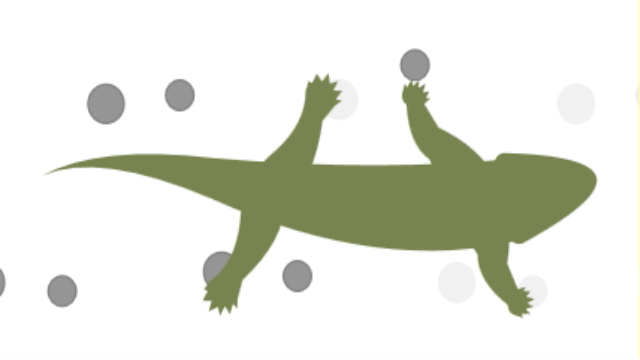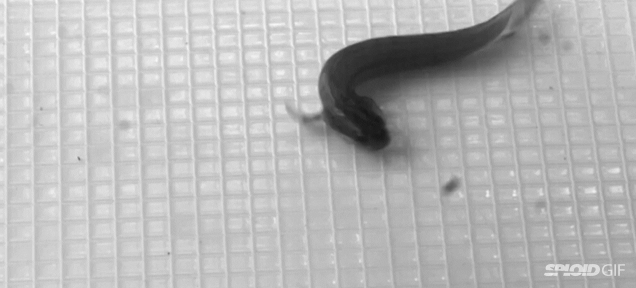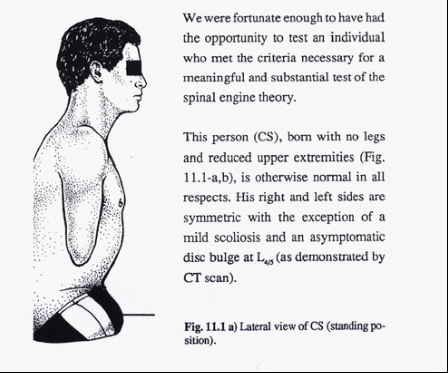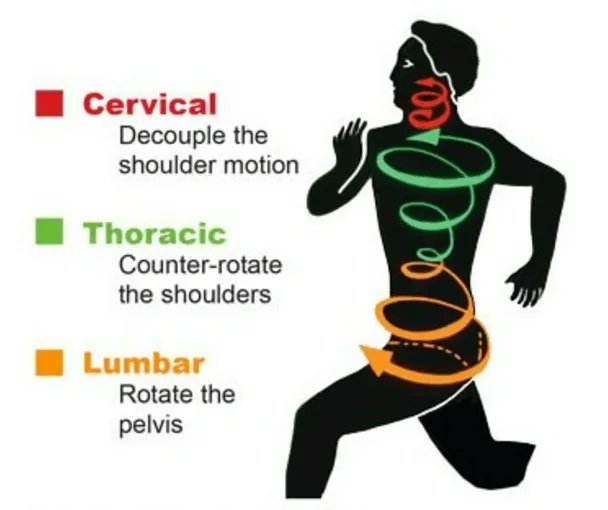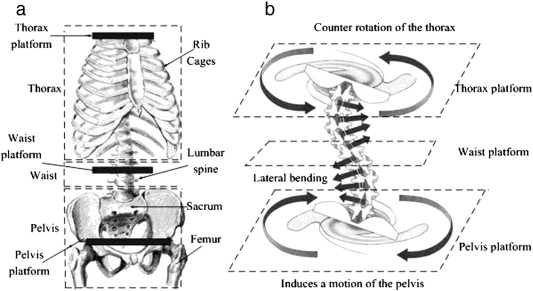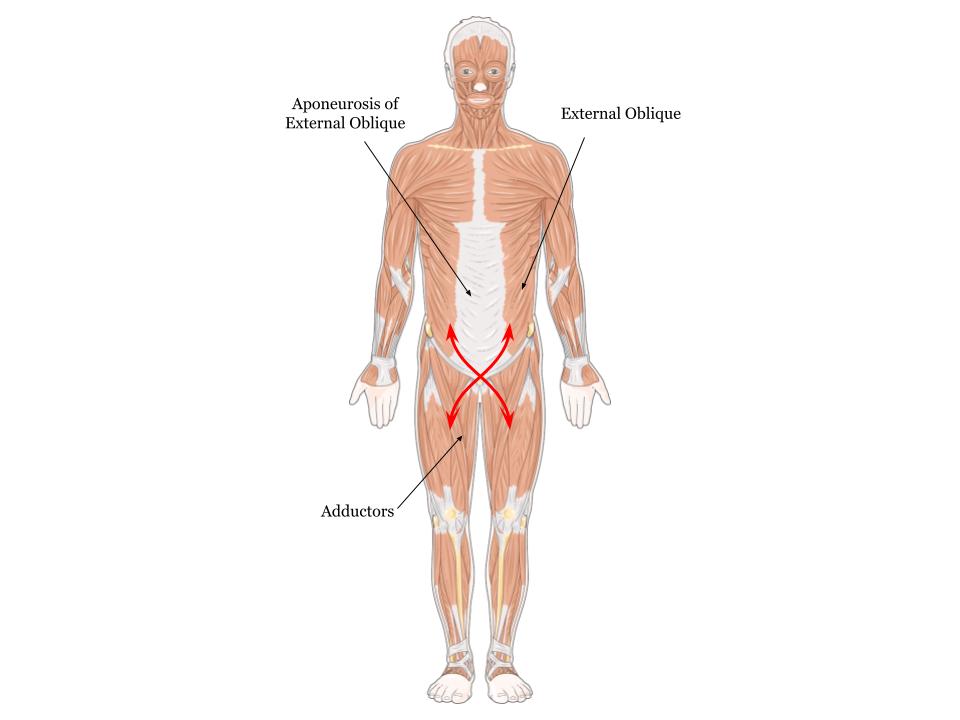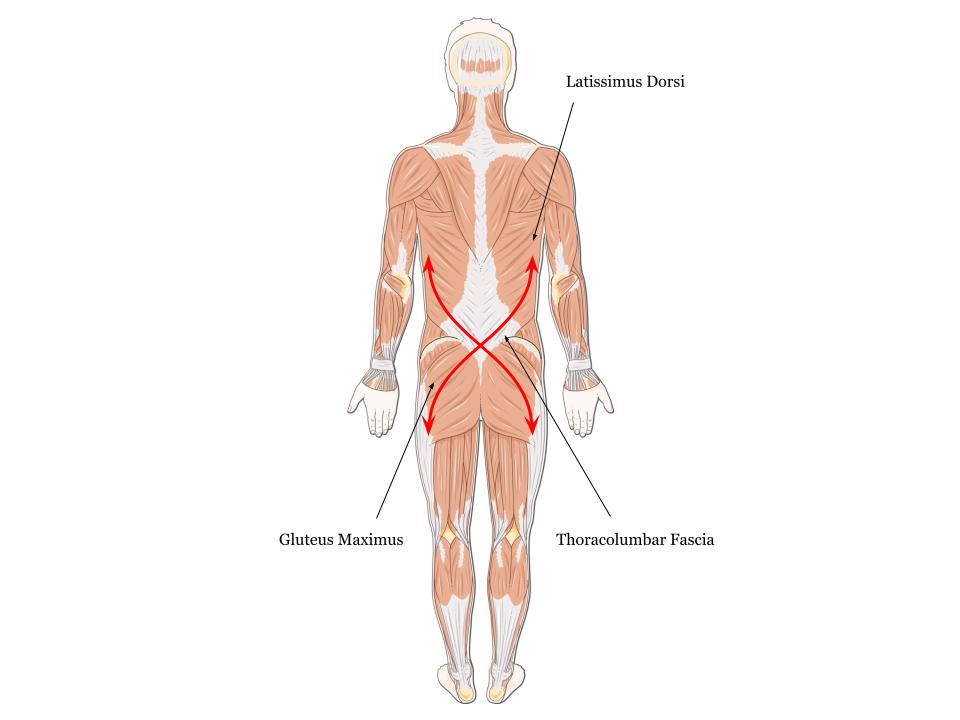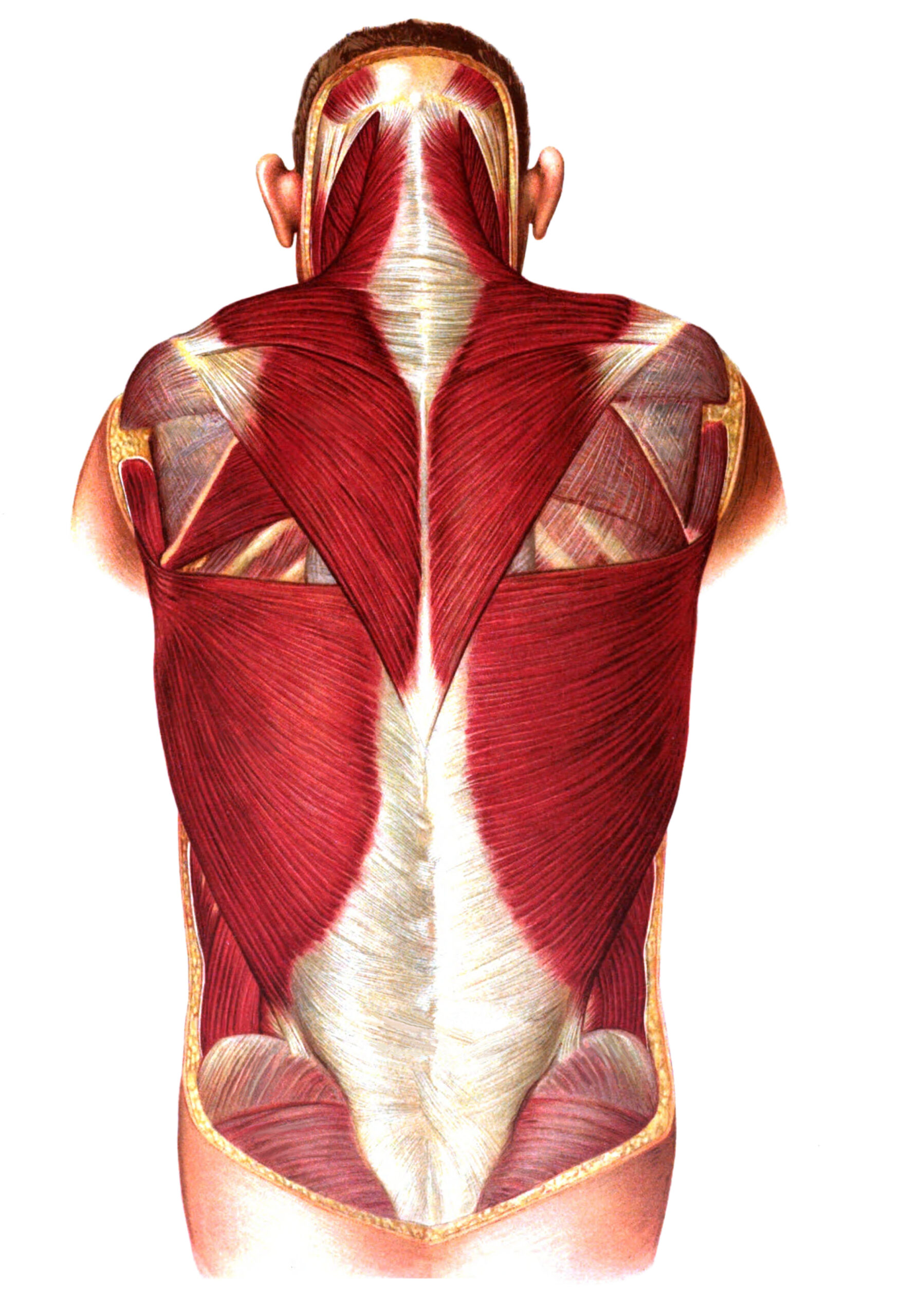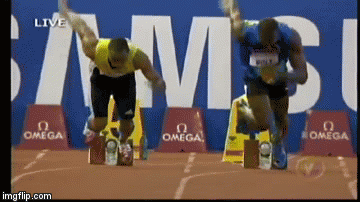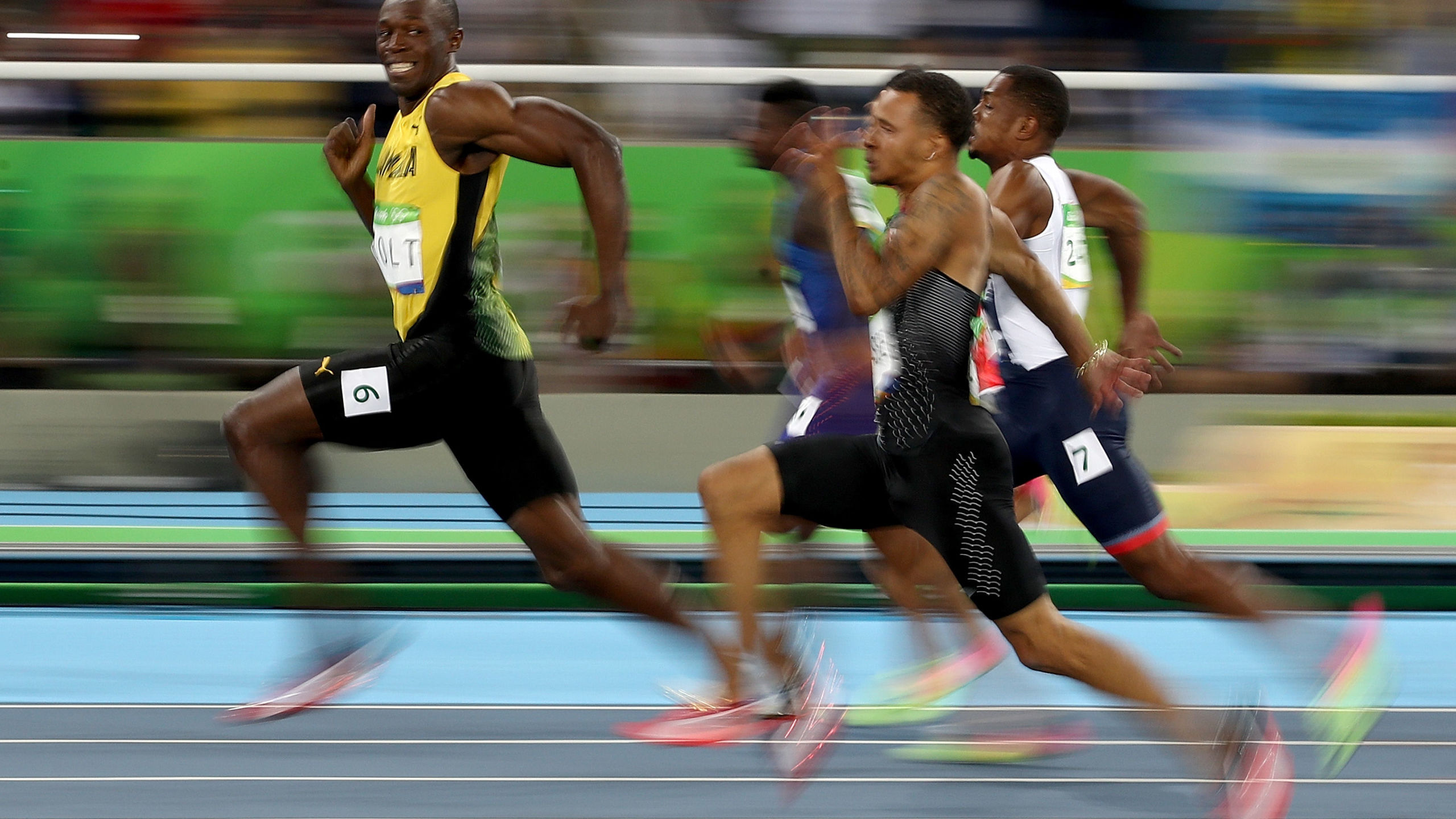From whence it came
The spine is not a static column, but an engine that initiates movement via a combination of lateral flexion, sagittal flexion/extension, and rotation. This ancient form of propulsion is found amongst nearly all other vertebrates, from fish, to reptiles, and mammals as well.
The root of movement
As the center and foundation of the organism, the spine serves as the axis for movement. Limbs are extensions of this movement, serving only to capitalize on the energy produced from the spine. In a way, the arms and legs act like whips, similar to a flagellum found on cells and simpler organisms. If this wasn't the case, those without limbs would be incapable of movement altogether.
Three dimensions of movement
Due to our bipedal posture, the human spinal engine relies primarily on rotation and counter rotation -initiated by lateral flexion- during gait. This provides balance throughout the spine, ensuring balance, efficiency, and power are all maximized. Small degrees of sagittal flexion and extension also occur, encompassing all three dimensions.
The oblique myofascial slings
This rotation is driven primarily through groups of muscles that work as one:
-Posterior oblique sling (POS); (lats --> glutes)
-Anterior oblique sling (AOS); (external obliques --> adductors)
Note the elastic, perfectly energetically efficient, connective tissue in between. Contractions of muscles are relatively inefficient in comparison, and serve to transfer the energy they do generate into and through the fascial tissue.
The trapezius connection
Stabilizing the weight of the head during this processes is the trapezius. The trapezius on the same side of the working glute (hip extension) activates as the arm swings forward (shoulder flexion). Note how fibers of the lower trapezius insert into the thoracolumbar fascia, connecting the structures. Given the trapezius's role in breathing, its state will affect the spinal engine as well.
Form is function
The 3D motion of the spine not only promotes maximal mechanical efficiency/power but promotes both symmetry and the flow of energy throughout the entire organism. When functioning properly, you will exude vitality, confidence, and beauty.
Living proof
Usain Bolt (in yellow), the fastest man in history, is said to have bad form because he "wastes" too much energy with lateral flexion. The people who think this don't realize he is actually more efficient and powerful because of it.
Engine tuning
Means to indirectly improve the function of your spinal engine:
-Sufficient thyroid metabolism
-ANS balance
-Hemisphere synchronization
-Light
-Massage
-Eliminating gut irritation
Practical Application
Exercises to target the spinal engine directly:
-Walking/sprinting
-Skipping
-Zen swing (Qi Gong)
-Lateral eye movement
-Side bends (lying, sitting, hanging from a bar)
-Crawling (baby, army, hands/feet)
-Contralateral resistance exercise
-Sled pulls (walking, running)
